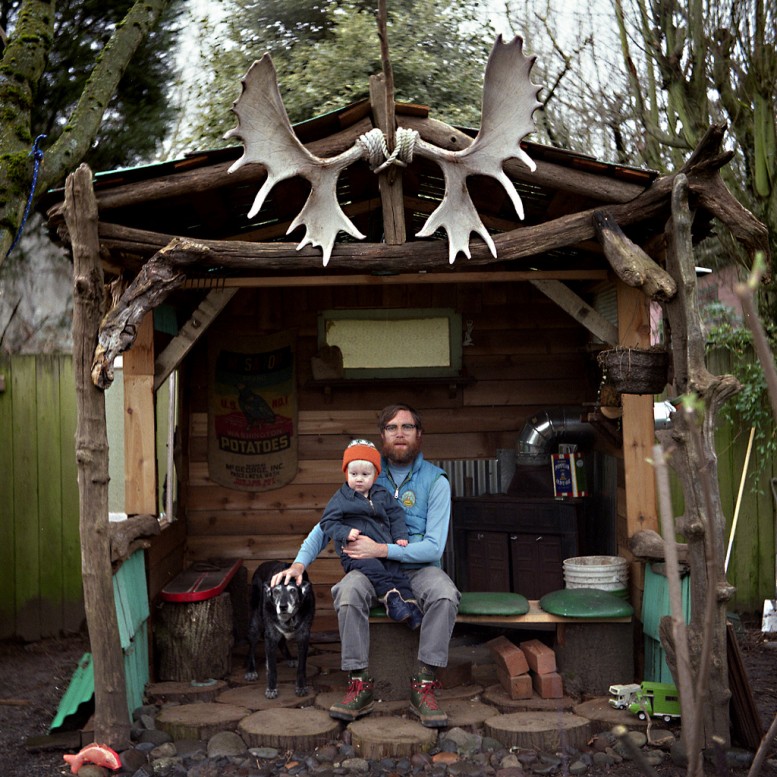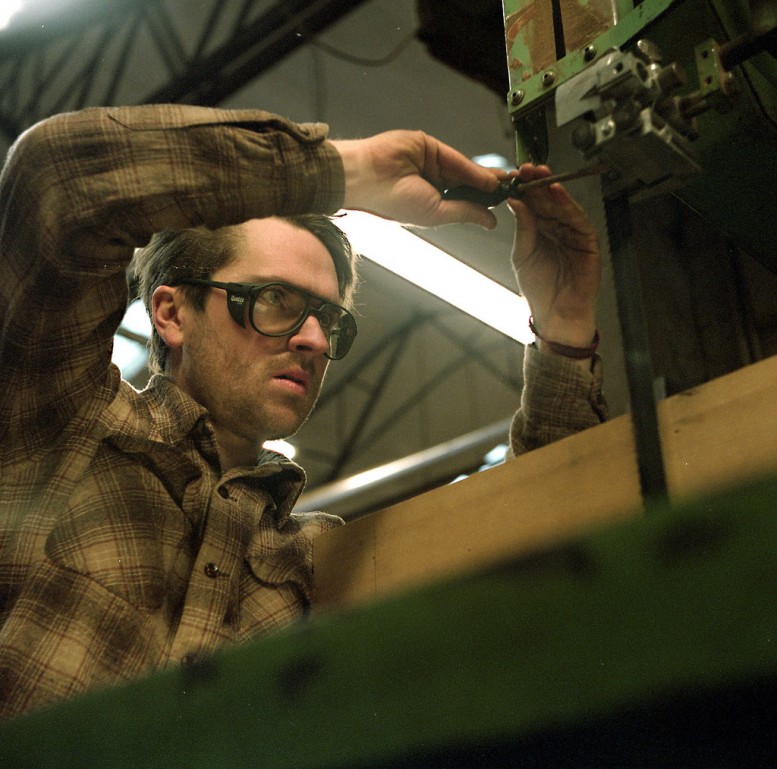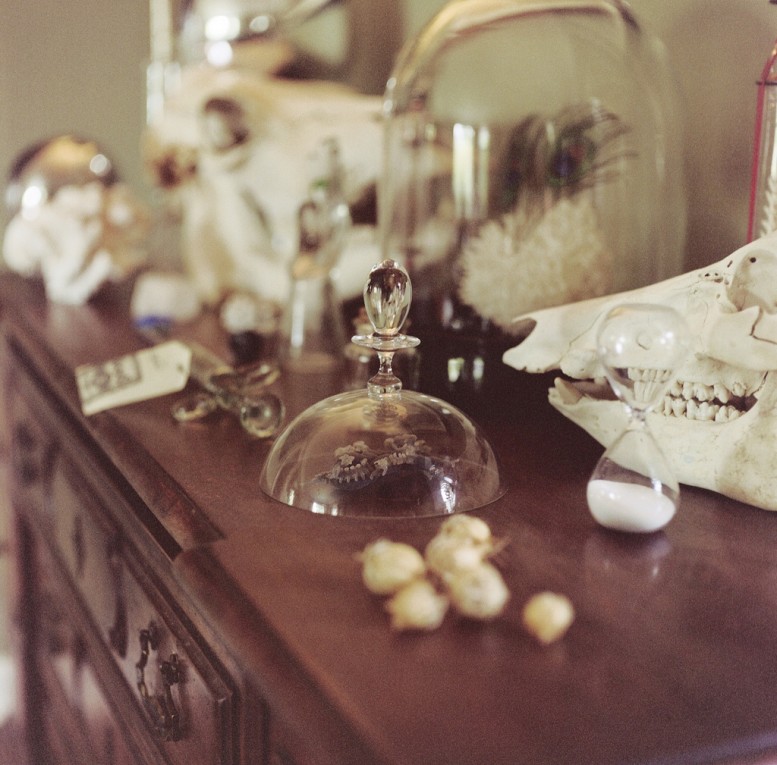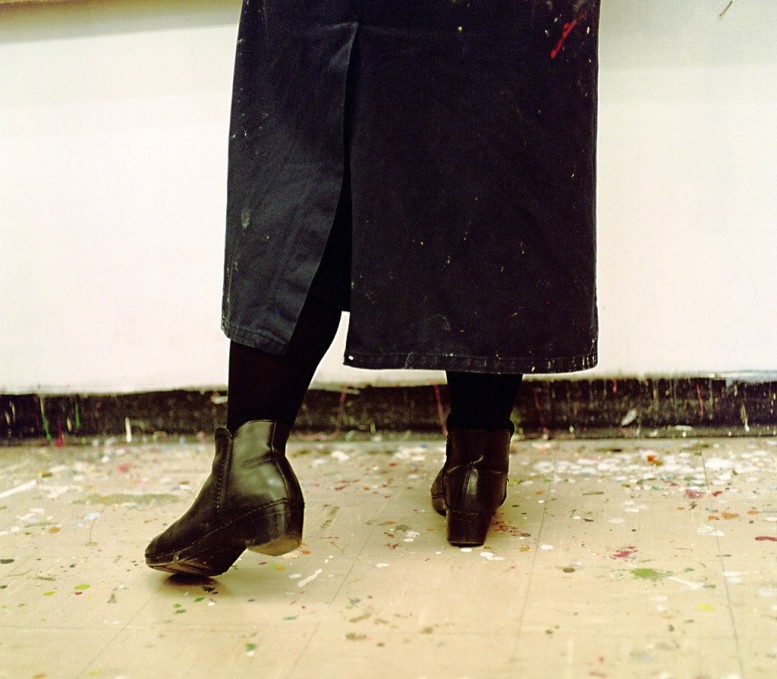Text by Adriana Pauly
On Sunday MoMA PS1 finally opened the doors to its awaited exhibition Greater New York and let anxious New Yorkers roam through the galleries. The exhibition has been co-curated by Peter Eleey, Douglas Crimp, Thomas J. Laz, and Mia Locks and encompasses the works of 150 New York based artists. Stepping away from the traditional focus on youth the fourth iteration of MoMA PS1’s landmark exhibition aims to balance our desire for the new and nostalgia for the past.
With a significant percentage of works dating before the 2000s, such as Henry Flynt’s 1979 documentary series of Jean-Michel Basquiat’s SAMO tags or Jimmy De Sana’s 1970 and 1980 documentation of the East Village punk and sex scene, the exhibition seems to seek to return to a grittier New York. Overall, there is a focus on documentary within the older works, bringing a loss of interest in durational investigations to light in todays New York art scene. The only exception are the moving photographs of Deana Lawson, shot over a number of years by correction officials at a prison in upstate New York, documenting same family’s visits.
Another constant in the exhibition is a focus on collections such as Nancy Shavers presentation of found objects or the tabletop sculptural installation by Liene Bosquê. Made out of hundreds of souvenir architectural miniatures the artist recreates an urban grid made purely out of kitsch objects. A more literal manifestation of a collection can be seen in the installation by the husband-and-wife duo Marco Romeny and Alisa Grifo called KIOSK.
One entire gallery of the old school building is dedicated to figurative sculptures. Tony Matelli’s male and female nude people are juxtaposed with more amorphous and indigenous works by Jeffrey Gibson as well as free interpretations of figurative sculptures such as Hayley Silverman’s noodle bowls. The landscapes created within each bowl are filled with various little figures, they are oddly grotesque and fall in line with a prevalence of kitsch notable in other works.
Overall, the exhibition successfully gives a vast overview of the evolution of New York’s contemporary art scene, yet it is disappointingly shallow at times and fails to create a true impact on its visitors. Most works are easily consumed and do not reflect the struggle and tension that is involved in becoming an artist in New York.
Greater New York will be on view until March 16, 2016 at MoMA PS1, 22-25 Jackson Ave, Long Island City, NY. It will accompanied by a series of performances and video screenings. Photographs and text by Adriana Pauly. Click here to see more photos of the survey.





